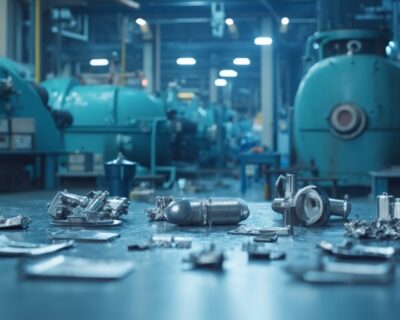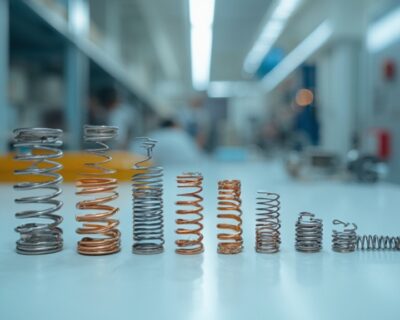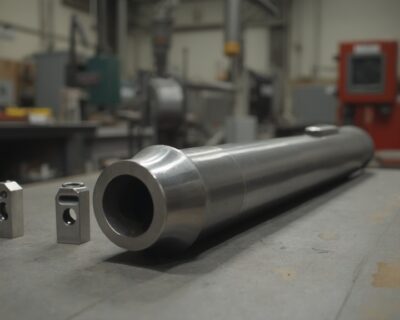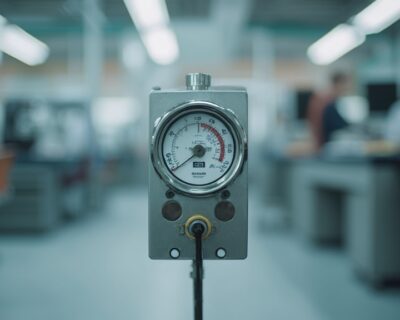Blogs

C-86 Specifications: Key Features and Industrial Applications
Introduction
Selecting the right materials for industrial applications is crucial for ensuring optimal performance, longevity, and cost-efficiency. This article delves into the specifications, applications, benefits, and challenges associated with three standout materials: C-22, C-269 Spring, and C-86. Known for their exceptional properties, these materials play pivotal roles across various sectors, from automotive and electronics to chemical processing and industrial machinery.
By exploring real-world case studies, the article provides valuable insights into how these materials can enhance product performance, reliability, and sustainability, ultimately offering procurement managers practical solutions for strategic decision-making.
Specifications of C-22, C-269 Spring, and C-86 Material
‘C-269 Spring and C-86 substances are acknowledged for their unique characteristics that render them appropriate for a range of uses.’. This material is recognized for its corrosion resistance and high strength, making it ideal for harsh environments. This material is particularly beneficial in environments where chemical, temperature, and fire resistance are crucial. The laminate structure of C-22 can be optimized using analytical and numerical methods to enhance its mechanical properties further.
C-269 Spring is characterized by its resilience and fatigue resistance, essential for spring applications. ‘The fatigue behavior of this substance is particularly noteworthy, aligning with international standards for rigidity and strength.’. Its resilience ensures longevity and reliability, making it indispensable in applications requiring repeated stress and load cycles.
C-86, on the other hand, exhibits excellent tensile strength and ductility, allowing for versatile uses in both automotive and electronics sectors. Its compatibility with hydrogen and avoidance of hydrogen embrittlement make it a preferred choice in the evolving hydrogen energy sector. These specifications are crucial for engineers and procurement managers when choosing resources for specific projects, ensuring that cost targets and production feasibility are met without compromising quality and performance.
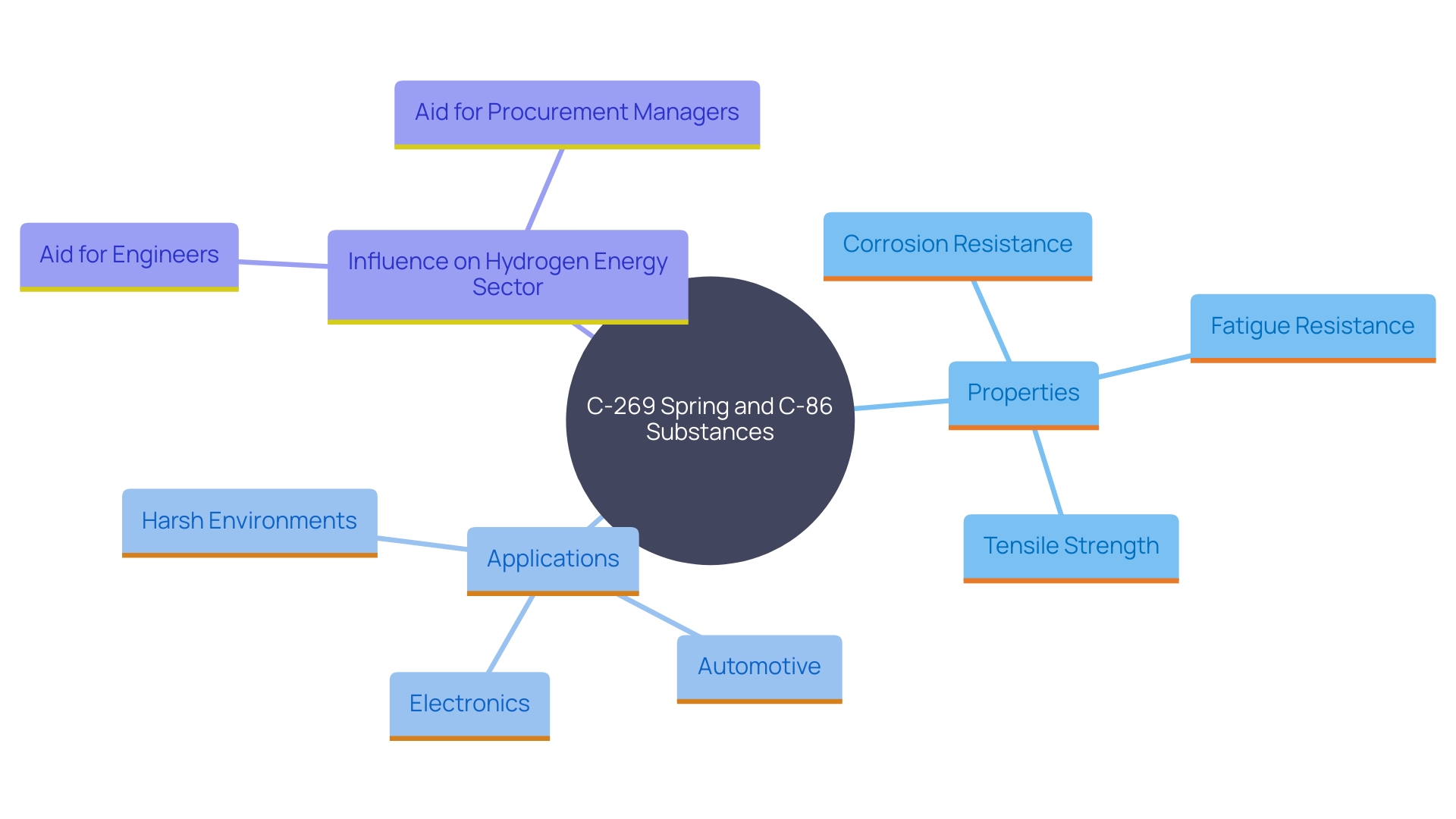
Applications of C-22, C-269 Spring, and C-86 Material
The requests for C-269 Spring and C-86 products span various sectors, demonstrating their adaptability and essential function in contemporary technology. C-22 is highly valued in chemical processing, oil and gas, and marine environments due to its exceptional corrosion resistance. The strength of this substance under harsh conditions makes it essential for preserving the integrity and longevity of equipment in such aggressive settings.
C-269 Spring is primarily utilized in automotive suspension systems and industrial machinery. Its durability and resilience under stress are paramount, ensuring long-lasting performance in demanding applications. The capacity of this substance to endure repeated mechanical loads without deterioration makes it ideal for high-stress environments.
C-86, on the other hand, is frequently applied in the production of electrical components, connectors, and automotive parts. Its strength and excellent conductivity make it a preferred choice in manufacturing processes where reliable electrical performance is crucial. The characteristics of this substance support the advancement of sophisticated electronics and automotive technologies, enhancing the efficiency and dependability of these industries.
Benefits and Challenges of Using C-22, C-269 Spring, and C-86 Material
Employing materials like C-86 offers significant advantages, including superior performance, increased durability, and reliable operation in demanding environments. The corrosion resistance of C-22 notably extends the lifespan of components, thereby reducing maintenance costs. Additionally, C-269 Spring’s exceptional fatigue resistance minimizes the risk of failure in dynamic settings. However, procuring these materials poses challenges, particularly in securing competitive prices while ensuring compliance with international standards. Navigating these complexities requires a deep understanding of global resource demands, which have surged dramatically in recent decades. Since 1971, the demand for steel has tripled, cement demand has increased nearly sevenfold, and primary aluminum demand has grown by almost six times. Strategic supply chain management is essential to effectively address these challenges and fully leverage the potential of these materials.
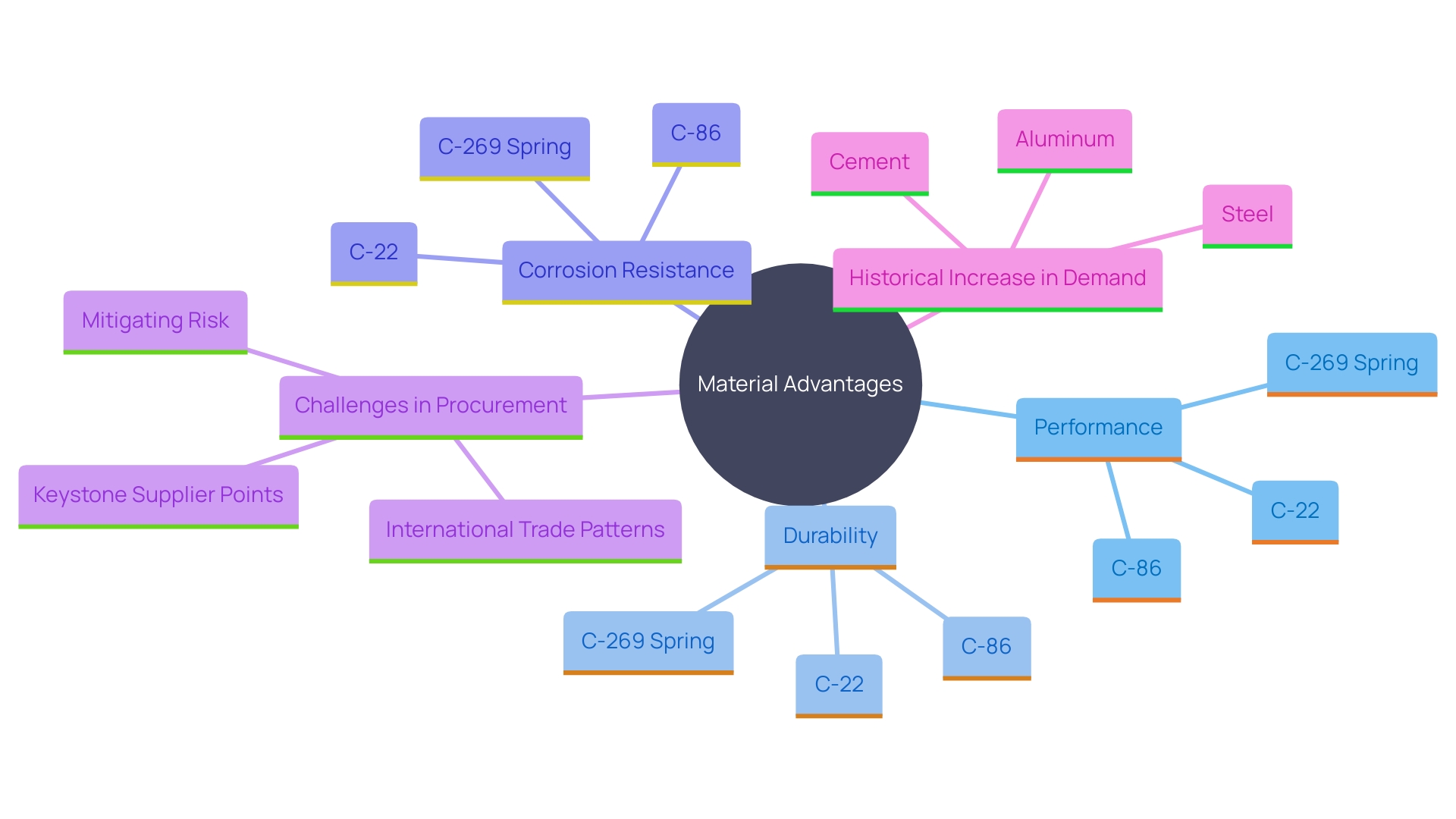
Case Studies or Examples of C-22, C-269 Spring, and C-86 Material Usage
Numerous compelling case studies underscore the effective application of C-269 Spring and C-86 materials across various sectors. For instance, a leading automotive manufacturer implemented C-86 in high-performance electrical connectors, resulting in enhanced efficiency and a significant reduction in failure rates. This innovation underscores the material’s superior reliability and performance.
In another case, a chemical plant integrated a specific compound into its piping system, which demonstrated exceptional resistance to corrosive agents. This integration led to lower operational costs and extended system longevity, highlighting the critical role of advanced materials in optimizing industrial processes and reducing maintenance expenses.
Moreover, a specialized gas facility in Thailand achieved notable savings by extending drain intervals from two to three years and reducing CO2 emissions by 17 tons annually. This example underscores the environmental and financial benefits of selecting appropriate materials and partners.
These cases illustrate the transformative impact of C-22, C-269 Spring, and C-86 materials in enhancing product performance and reliability, while also driving operational efficiency and sustainability. By choosing the right materials, industries can not only meet immediate functional requirements but also ensure sustained performance and reliability over time.
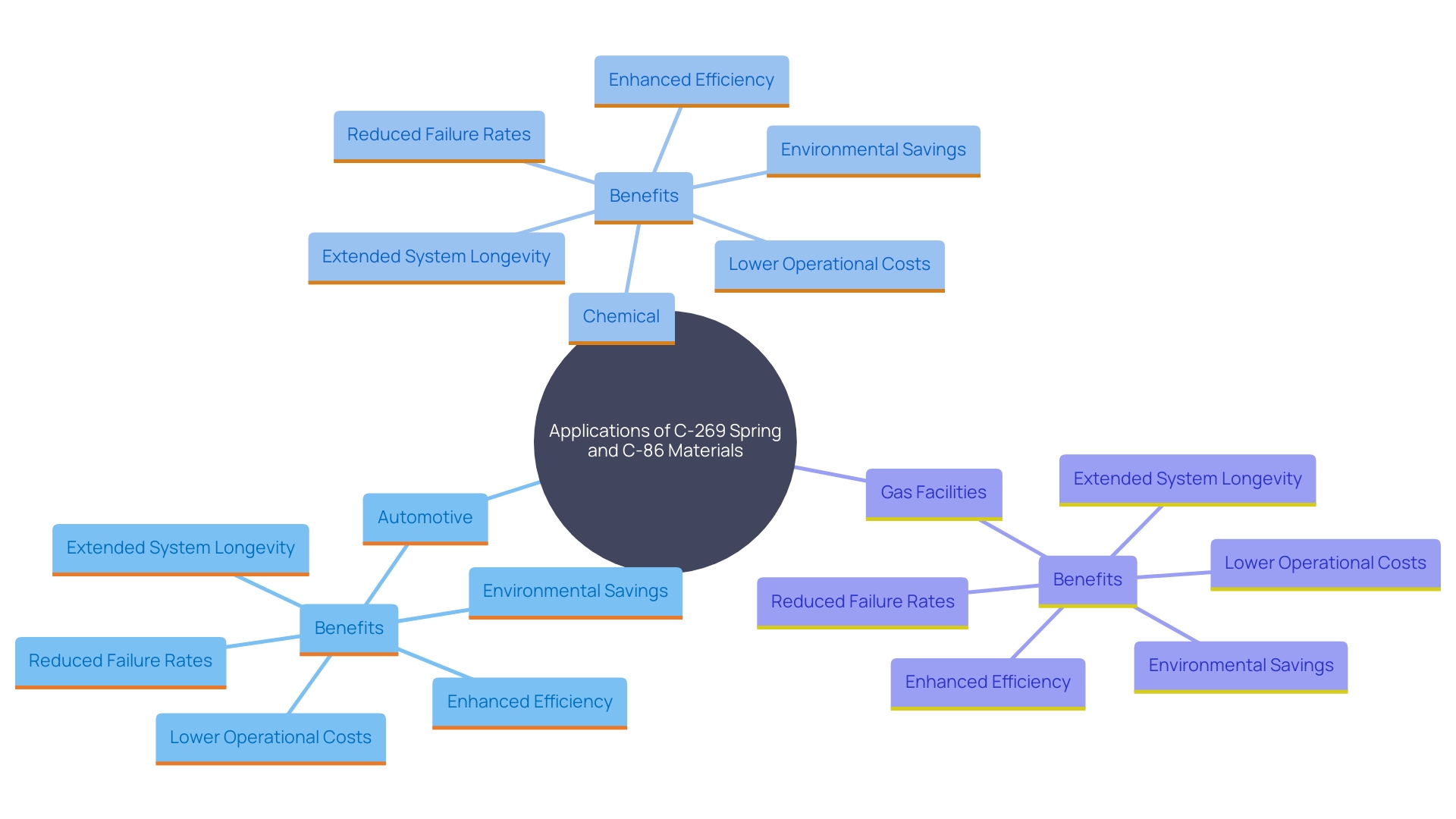
Conclusion
The exploration of C-22, C-269 Spring, and C-86 materials reveals their significant contributions to various industrial applications. Each material possesses unique specifications that cater to specific needs, such as the corrosion resistance of C-22, the resilience of C-269 Spring, and the tensile strength of C-86. These attributes are essential for ensuring optimal performance in demanding environments, ultimately supporting the strategic goals of procurement managers.
The versatility of these materials extends across critical sectors, including automotive, chemical processing, and electronics. Their applications underscore the importance of selecting the right material to enhance product reliability and operational efficiency. Case studies highlight real-world successes, demonstrating how these materials not only improve performance metrics but also contribute to cost savings and sustainability efforts.
While the benefits are substantial, challenges in sourcing these materials at competitive prices remain a reality for procurement professionals. A strategic approach to supply chain management is vital to navigate these complexities and capitalize on the advantages offered by C-22, C-269 Spring, and C-86. By understanding the evolving demands and leveraging innovative materials, organizations can achieve greater efficiency and longevity in their operations.

